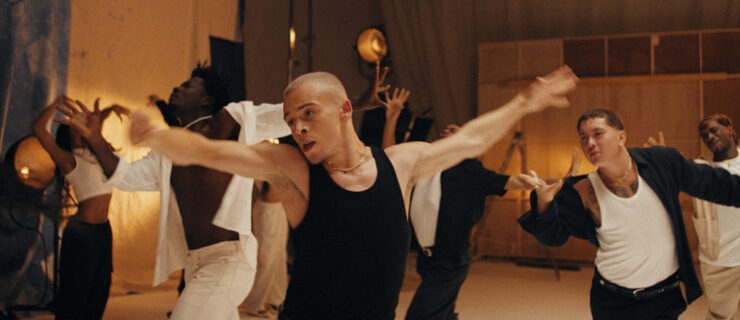Dancer Diary: How to Protect Your Feet, Both In and Out of the Studio
Dancers know better than anyone how important feet are—and dancers’ feet get far rougher treatment than most. How can we keep them healthy? I asked three experts—Dr. Thomas Novella, a Manhattan-based podiatrist who specializes in dance injuries; Patti Cavaleri, a physical therapist at NYU Langone Health’s Harkness Center for Dance Injuries; and Melvin Nelson, a certified pedorthist at Tip Top Shoes in New York City—to share tips and tricks for protecting your feet both in and out of the studio.
Street-Shoe Style
Since most dance shoes aren’t particularly supportive, Cavaleri says wearing good shoes outside of the studio is essential. “One way to tell if a shoe is supportive is if it doesn’t have a lot of give when you try to bend or twist it,” she says. “With less bend, the shoe acts like a brace for your foot, and your little stabilizer muscles don’t have to work as hard while walking.” And a more rigid shoe gives the toe joints a break from all the motion required of them while dancing.
Nelson also recommends lace-up rather than slip-on shoes. “This secures the shoe around your foot, so the two move as one,” Nelson says. “As your foot swells throughout the day, you can adjust the shoe to fit comfortably, which prevents bunions, blisters, plantar fasciitis, and calluses.”
Studio-Shoe Safety
There isn’t much we can do about how unsupportive most dance shoes are. (You can’t put orthotics in a ballet slipper.) Still, there are a few choices we can make that will help our feet stay healthy. Cavaleri advises crossing pointe shoe elastics at your ankle when you sew them for added support, for example.
For musical theater, Cavaleri says boots provide more support than standard heels. “It’s almost like a built-in ankle sleeve,” she says. Wearing boots constantly, though, can have downsides. “It’s been published that high tops weaken ankle muscles,” Novella warns. “Anything that crosses the joint weakens the muscles at the joint.” If a show or role has you in boots for long stretches, make sure you’re cross-training and diversifying your footwear in class.
Pre-Class Care
To warm up and prepare your feet for class, Cavaleri recommends what she calls “toe yoga.” “Set your foot flat on the ground and lift your big toe up,” she says. “Then, set the big toe down and lift your four little toes up. Repeat that motion 10 to 15 times.” She also encourages winging and sickling the ankles with a resistance band 10 to 20 times.
Though warm-ups are important, Novella recommends tailoring them to your activity levels each day. “It’s tough for me to say, ‘Do exercises, then class, then rehearsal, then a performance,’ ” he says. “Those poor muscles only have a certain amount of stamina. You’re walking a tightrope. It’s good to be under the wing of a PT who has knowledge of that balance.”
Pain Points
Blisters, corns, ingrown toenails: They may seem like occupational hazards for dancers, but there are ways to make them less miserable.
If you’re prone to corns, Novella says to avoid solutions or corn pads that contain salicylic acid. “Using callus-dissolving solutions can cause really bad blisters, raw skin, and more pain than before,” he says. “Don’t put gel pads over corns. Instead, put things around the perimeter of the corn, like lambswool or moleskin, to ease the pressure on it.”
In a tragic turn of events for me, Novella says to avoid getting pedicures. “Cut your own nails,” he says. “If someone else cuts them too short, you’re looking at five months of ingrown toenails.” Beyond that, you might lose calluses that are essential for dancing.
To prevent ingrown toenails, Novella says to cut the nails at the skin corner (not short of the skin corner) and round them with a nail file, while keeping the central part of the nail close to the quick. “Upkeep with an emery board on a 7-to-10-day interval,” he says.
At the end of the day, if something about your feet feels off, Cavaleri recommends seeing a doctor, physical therapist, or athletic trainer right away. “We’re so used to our feet getting beat up that we let injuries linger, and an injury that would have lasted six weeks can turn into a six-month problem,” she says.
To see these tips in action, head over to Dance Magazine’s YouTube channel.




